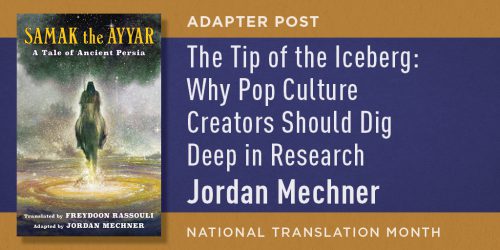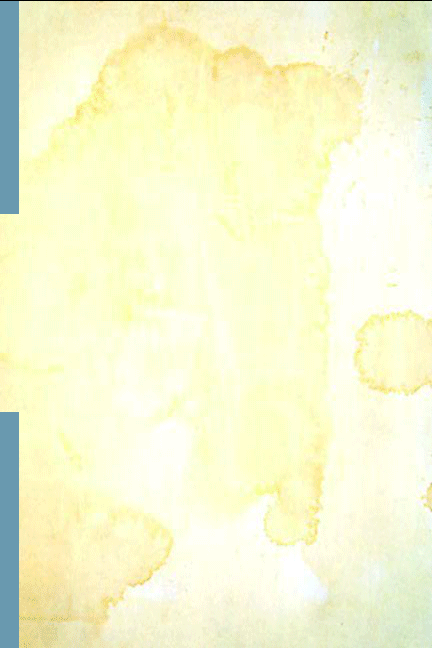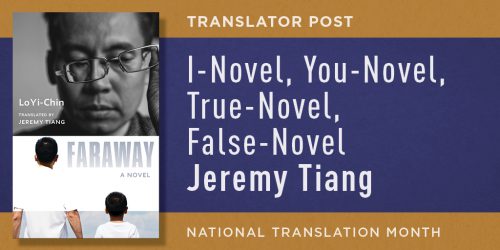A Unicorn in Moscow’s Boulevards By Jonathan Stone

I’ve never spotted a centaur in Moscow. So far. And it hasn’t been for want of trying. Every time I walk around the serene lake at the Novodevichy Monastery (the same enchanted spot that inspired Tchaikovsky’s Swan Lake), I scan the bank for creatures with the body of a horse and head of a human. After all, this was where Andrei Bely had seen centaurs and unicorns over a century ago. In these encounters from the very first years of the twentieth century, they had even given him their visiting cards, which he then showed to his fellow Symbolist poet Valery Bryusov! (I’ve held the cards in my hand in the Lenin library). This was around the time Bely published The Dramatic Symphony, one of four musically and poetically inclined prose works that captured the tone of early twentieth-century Russian life and literature. The hero of the The Dramatic Symphony is in love with an enchanting woman, one who inspires him to see the magic of the world around him, a woman known simply as “the fairy tale.”
Like many of his contemporaries, Bely believed in myth and magic.
Like many of his contemporaries, Bely believed in myth and magic. For the twenty-year-old poet stalking fantastic beasts in the heart of Moscow, there was magic in words (the title of an essay he would write later in the decade) and there was myth hiding beneath the surface of the everyday world around him. While Borya Bugaev may have the ring of a superhero’s secret identity to twenty-first-century ears, it was a fairly pedestrian name in Russia at the turn of the twentieth century. Its owner was a nondescript student of mathematics at Moscow University. But his pseudonym “Andrew the White” (the translation of Andrei Bely) turned him into a bold knight, a visionary who peeled back the layers of reality to see the hints of the ideal hidden beneath.
Bely was a poet on a quest, one of a group of self-proclaimed modern-day Argonauts. He was a Symbolist for whom the world transformed itself into its true state. He was a storyteller who used his four “Symphonies” to strike a balance between the real and the more real. The macabre, modernist retelling of a princess’s tale in The Northern Symphony; the psychological anguish of a man living in both this world and the other, fantastic and imagined, world of The Return; the dizzy blurring of banality and the mystical found in Goblet of Blizzards—these all point us toward a world that exists somewhere between what we can see and feel and what, for now, lives only in our dreams, nightmares, and imaginations. Bely used his Symphonies as a guide to give us access to this other world, this liminal reality, this existence in between. He was not alone in this enterprise.
Bely was a poet on a quest, one of a group of self-proclaimed modern-day Argonauts.
As they became more skeptical of nineteenth-century empirical truths and absolutes, particularly near the end of the century in the 1890s, Russian writers embraced a belief in things unseen. The craze for spiritist seances that was felt in England and France also reached Russia. Russian mathematicians were integral to the advent of non-Euclidean geometry and an awareness of the fourth dimension. The more impressionistic and, ultimately, abstract turn taken in painting and the visual arts could be witnessed in the galleries and studios of Moscow and St. Petersburg. And poets caught glimpses of the divine and mystical in their surroundings. By grasping at hints and nuances hidden around us, the Russian Symbolists, who appeared on the literary scene around 1894, showed their readers paths to higher truths and a world infused with the ideals of philosophy and art. Despite his more traditional upbringing in the milieu of staid Moscow intellectuals, Bely (who was born in 1880) came of age surrounded by the possibilities of transformation and escape promised by the new art and an increasingly modern(ist) worldview.
Among Bely’s earliest writings, the four Symphonies encapsulate his awareness that magic could be found on the streets and in the homes that he frequented. Bely was open to the possibility that he could spot a centaur in the midst of a growing metropolis and that he could exchange greetings with a unicorn in the shadows of Moscow’s boulevards. The power of these works comes from our ability to believe simultaneously in a mythical world and a realistic world. By blurring and blending the two, Bely shows us that traces of magic can be seen in even the most ordinary and seemingly unremarkable places. All we have to do is open up his books and follow him.
Jonathan Stone is associate professor of Russian at Franklin & Marshall College. He is the translator of The Symphonies by Andrei Bely.








